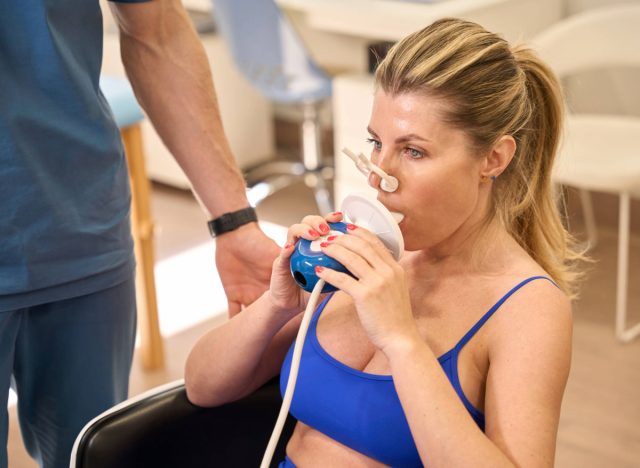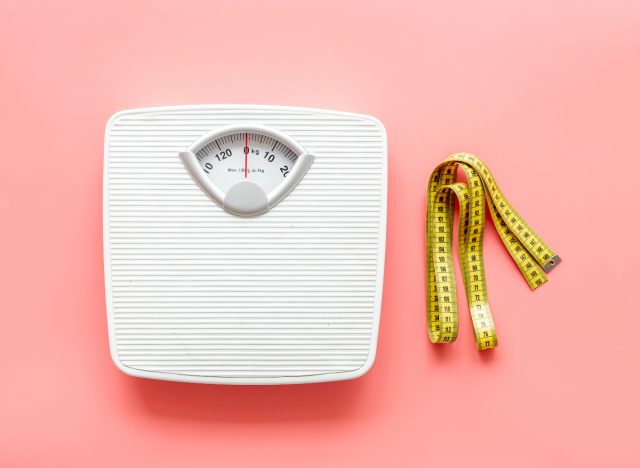When it comes to weight loss, the advice often centers around eating less and moving more. While those are essential factors, they only scratch the surface of a much more complex process. One of the most critical yet often overlooked aspects of weight management is your resting metabolic rate (RMR).
RMR is the amount of energy your body uses while at rest, and it plays a significant role in determining how many calories you burn throughout the day, even when you’re not working out. Boosting your RMR can help you torch more calories, making it a powerful tool in your weight-loss plan.
In this article, we’ll dive into what RMR is, why it matters for weight loss, how to determine your RMR, and three effective strategies to boost it.
What is Resting Metabolic Rate (RMR)?

Resting metabolic rate (RMR) is the amount of calories your body requires to complete basic daily functions, like circulating blood, breathing, and cell production at rest. Unlike the calories burned during physical activity or digestion, RMR accounts for a substantial portion of your total daily energy expenditure (TDEE). Essentially, it’s the energy required to keep you alive and functioning when you’re not doing anything physically demanding.
Your RMR is influenced by various factors, including your age, sex, weight, body composition, and genetics. For example, people with more muscle mass typically have a higher RMR because muscle tissue burns more calories than fat tissue, even when at rest.
How To Determine Your RMR

Determining your RMR can be done in several ways, ranging from simple estimations to more precise measurements.
Equations and Calculators:
One of the most common methods to estimate RMR is using equations like the Harris-Benedict Equation or the Mifflin-St Jeor Equation. These formulas take into account factors like age, gender, weight, and height to give you an estimate of your RMR.
While these equations can provide a good ballpark figure, they don’t account for individual variations in muscle mass or metabolic health.
Indirect Calorimetry:
For a more accurate measurement, you can undergo a test called indirect calorimetry. This test measures the amount of oxygen your body consumes and the carbon dioxide it produces while at rest. From these values, your RMR can be accurately calculated.
While this method is considered the gold standard, it’s typically conducted in clinical settings and may not be easily accessible to everyone.
Body Composition Analysis:
Since muscle mass is significant in determining RMR, some fitness centers offer body composition analysis using methods like bioelectrical impedance or dual-energy X-ray absorptiometry (DEXA). These tests can give you insights into your muscle-to-fat ratio, which can help you better estimate your RMR. This information can also be a better predictor of your weight loss and muscle gain achievements during your health journey.
Why Resting Metabolic Rate Matters When You Want to Lose Weight

Understanding your RMR is crucial when trying to lose weight because it sets the baseline for how many calories your body needs to function. If you consume fewer calories than your RMR, your body may go into starvation mode, slowing your metabolism and making weight loss more challenging. On the other hand, knowing your RMR can help you tailor your calorie intake and exercise routine more effectively, ensuring you create a sustainable calorie deficit without depriving your body of the energy it needs.
Additionally, your RMR can decrease as you lose weight, which is why many people hit a plateau after initially shedding pounds. This decrease happens because your body requires less energy to maintain a smaller mass, and sometimes, the body adapts by becoming more efficient with the calories it uses. Understanding and boosting your RMR can help you break through these plateaus and continue making progress.
3 Productive Ways To Boost Your Resting Metabolic Rate

1. Build more muscle.
Strength training is one of the most effective ways to boost your RMR because muscle tissue burns more calories than fat, even when you’re inactive. Incorporating resistance exercises like weightlifting, bodyweight exercises, or resistance band workouts into your routine can increase your muscle mass, which in turn elevates your RMR. Aim for at least two to three weekly strength training sessions to start seeing results.
2. Stay active throughout the day.
While structured exercise is essential, staying active throughout the day can also help boost your RMR. Activities like walking, standing, or even fidgeting contribute to your total daily energy expenditure and can prevent your metabolism from slowing down during periods of inactivity. Try incorporating more movement into your day by taking short walks, using a standing desk, or doing simple stretches during breaks.
3. Eat enough protein.
Protein has a higher thermic effect on food (TEF) compared to carbohydrates and fats, meaning your body burns more calories digesting and processing protein. Additionally, consuming adequate protein can help preserve muscle mass during weight loss, preventing the decrease in RMR that often accompanies dieting. Aim to include a source of lean protein in every meal, such as chicken, fish, tofu, or legumes.
Boosting your resting metabolic rate is a powerful strategy in your weight-loss journey. By understanding your RMR and implementing strategies to increase it, you can burn more calories throughout the day, even when you’re not exercising. Building muscle, staying active, and eating enough protein are three simple and effective ways to enhance your metabolism and support your weight-loss goals.
Remember, the key to sustainable weight loss is a balanced approach that combines healthy eating, regular physical activity, and a focus on maintaining your overall well-being.

